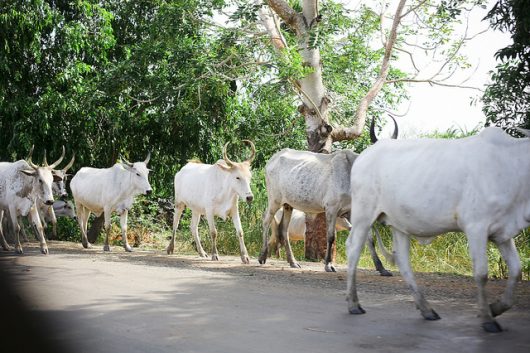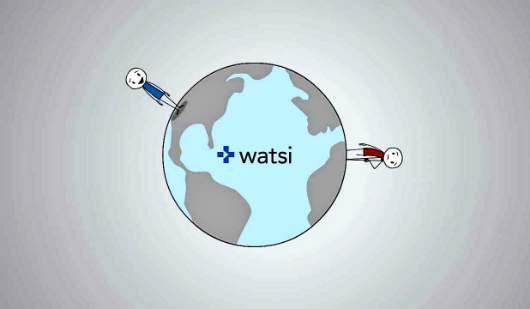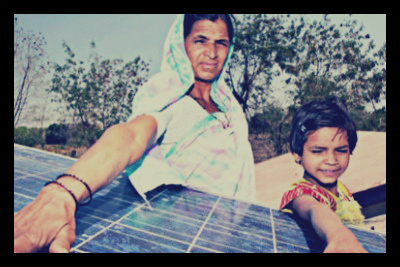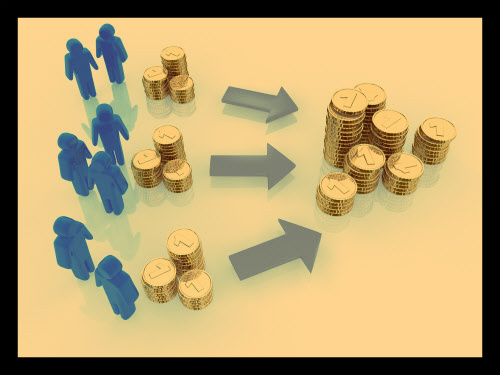
Social media has become a powerful presence in today’s world, with 3.48 billion people, 45 percent of the world’s total population, using social networks. Because social media can help get a message across or start many campaigns, people often use it to spread the word about things they are passionate about, including global poverty. Here are the five times social media affected global poverty.
Jonathan Acuff
Jonathan Acuff is an American author who runs a popular blog, StuffChristiansLike.net, that over three million people read. He has amassed a couple hundred thousand followers over all of his social media platforms, and they read his content daily. In 2010, Acuff garnered attention after he used his blog, Twitter and Facebook to raise $60,000, enough to build two kindergartens in Vietnam. His daughter saw a picture on the internet of an impoverished boy that shocked her, and he decided to post about needing $30,000 for a kindergarten in Vietnam as a result. He anticipated that it would take six weeks to raise the money. Through the power of social media, however, he managed to raise the money in a mere 18 hours, showing how powerful social media can be to spread awareness and help reduce global poverty.
Catapult
In 2012, Maz Kessler launched Catapult, the first crowdfunding platform for projects aimed at women and girls. Crowdfunding is when people fund a project by raising small amounts of money many people via the Internet. As the Guardian reports, “Catapult connects supporters to projects through social sharing, encouraging users to donate and track the progress of their donations.” Donations help women and girls living in global poverty around the world—from money going to building birth waiting homes for mothers in Sierra Leone to many global initiatives in Africa. So far, 432 projects have received crowdfunding and close to two million girls and women have received support. Catapult has a large following on social media with over 32,000 followers on Twitter, which shows how big of an impact crowdfunding through social media and the Internet can really have to make an impact to change the lives of those living in global poverty.
#ministermondays
In 2011, Dr. Agnes Binagwaho, Rwanda’s minister of health from 2011-2016, announced Monday with the Minister, or #ministermondays. This announcement meant that Rwandans would have the opportunity to ask Binagwaho and the Ministry of Health directly every other Monday and get responses about health programs in Rwanda. This hashtag serves as an example of how social media can be effective as a tool to educate and inform others about poverty happening around the world and in their own countries.
Omran Daqneesh
In 2016, a picture of a 5-year-old boy with his face drenched in blood and covered head to toe in a thick layer of dust surfaced online. This picture was of Omran Daqneesh, who had escaped a building in Aleppo that an airstrike hit. The Aleppo Media Center posted a YouTube video that contained the image and millions of people on social media quickly viewed, posted and shared it. The attention that the photo garnered on social media led to major news companies, such as NPR, picking up the story and sharing it. This picture raised awareness for the Syrian Civil War and how brutal the conditions were for innocent people and children living in Syria. This likely would not have happened without social media.
Global Citizen
Global Citizen is a movement with the goal to eradicate extreme poverty by 2030. On its website and social media platforms, Global Citizen supporters, called Global Citizens, can learn about the causes of extreme poverty and take action by tweeting or sharing global issues happening in the present. By sharing and helping the global poverty cause, Global Citizens in return earn rewards, such as tickets to concerts or shows. So far, Global Citizen has impacted 650 million people worldwide, showing truly how social media can make an impact on causes such as global poverty.
These are just a few examples of how social media affected global poverty in a positive way. In today’s world, thanks to modern technology, people have the power to help others like never before.
– Natalie Chen
Photo: Flickr
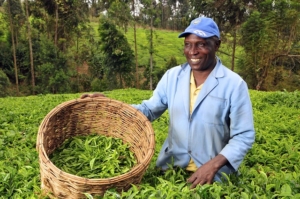 African agri-tech is in a major growth period, totaling $19 million in investment over the past two years, resulting in the number of start-ups to double. With
African agri-tech is in a major growth period, totaling $19 million in investment over the past two years, resulting in the number of start-ups to double. With 